Home>Furniture & Design>Bathroom Accessories>What Is A Drop-In Bathtub?
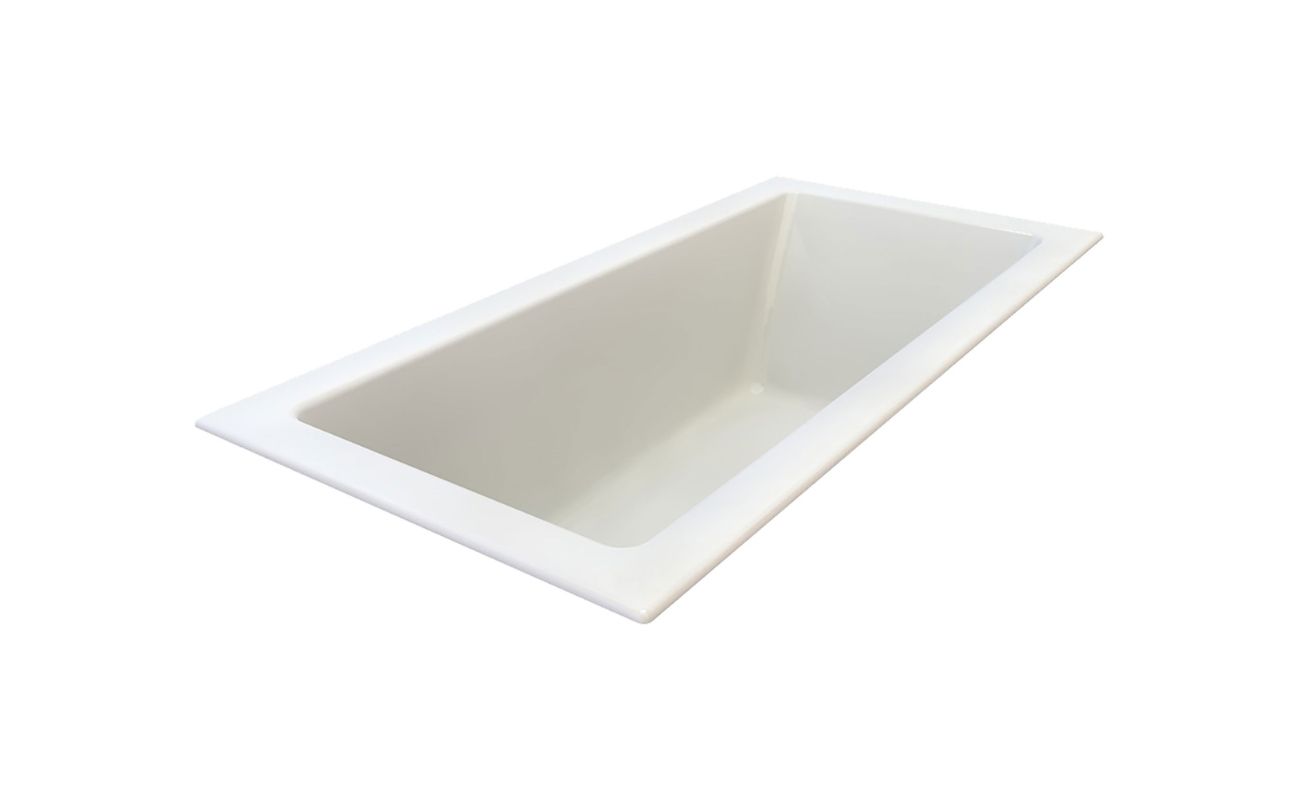

Bathroom Accessories
What Is A Drop-In Bathtub?
Modified: February 19, 2024
Discover the benefits of a drop-in bathtub for your bathroom. Explore our range of bathroom accessories to create your ideal bathing space. Elevate your relaxation with the perfect addition to your home spa.
(Many of the links in this article redirect to a specific reviewed product. Your purchase of these products through affiliate links helps to generate commission for Storables.com, at no extra cost. Learn more)
Introduction
When it comes to creating a luxurious and relaxing bathroom space, the choice of bathroom accessories plays a pivotal role. Among the various options available, the drop-in bathtub stands out as a popular choice for homeowners seeking both functionality and aesthetic appeal. This type of bathtub is designed to be "dropped in" to a prepared deck or platform, offering a seamless and integrated look that elevates the overall ambiance of the bathroom.
The allure of a drop-in bathtub lies in its ability to blend seamlessly with the surrounding decor, creating a cohesive and polished appearance. Whether you are aiming for a modern, minimalist, or traditional bathroom design, a drop-in bathtub can effortlessly complement the aesthetic, adding a touch of sophistication to the space.
In the following sections, we will delve deeper into the world of drop-in bathtubs, exploring their defining features, installation process, maintenance requirements, popular styles, and materials. By gaining a comprehensive understanding of these aspects, you will be well-equipped to make informed decisions when considering a drop-in bathtub for your bathroom renovation or new construction project. So, let's embark on this journey to unravel the beauty and practicality of drop-in bathtubs, and discover how they can transform your bathing experience and enhance the allure of your bathroom.
Key Takeaways:
- Drop-in bathtubs seamlessly integrate with various bathroom designs, offering elegance and spaciousness. They come in diverse styles and materials, catering to different preferences and ensuring a luxurious bathing experience.
- While drop-in bathtubs enhance bathroom ambiance, they require careful maintenance and installation considerations. Their seamless integration and durability make them a sought-after choice for luxurious and visually cohesive bathing spaces.
Definition of a Drop-In Bathtub
A drop-in bathtub, also known as a deck-mounted or platform bathtub, is a type of bathtub that is designed to be "dropped in" to a prepared deck or platform within the bathroom. Unlike freestanding or alcove bathtubs, which have visible exteriors and are installed against walls, a drop-in bathtub is characterized by its rim, which rests on the deck or platform, while the interior portion is sunken into the structure. This results in a seamless and integrated look, with the rim of the bathtub flush with the surrounding surface.
One of the defining features of a drop-in bathtub is its versatility in terms of design and installation. These bathtubs can be customized to suit various bathroom layouts and styles, making them a popular choice for both modern and traditional settings. The flexibility in installation allows for creative freedom, enabling homeowners and designers to incorporate the bathtub into the overall aesthetic of the bathroom seamlessly.
Drop-in bathtubs are available in a wide range of shapes and sizes, catering to different preferences and spatial requirements. Whether you prefer a spacious rectangular tub for a luxurious bathing experience or a compact oval design for a cozy bathroom, there is a diverse selection to choose from. Additionally, the depth of drop-in bathtubs can vary, offering options for those who enjoy soaking in deeper water.
In terms of materials, drop-in bathtubs are crafted from various durable and aesthetically pleasing options, including acrylic, fiberglass, porcelain-enameled steel, and cast iron. Each material has its own set of characteristics, such as heat retention, ease of maintenance, and resistance to scratches and stains, allowing homeowners to select a bathtub that aligns with their specific needs and preferences.
Overall, a drop-in bathtub serves as a versatile and visually appealing centerpiece in the bathroom, seamlessly integrating with the overall design while providing a comfortable and indulgent bathing experience. Its adaptability, diverse design options, and ability to harmonize with different bathroom styles make it a sought-after choice for those looking to elevate the ambiance and functionality of their bathing space.
Pros and Cons of Drop-In Bathtubs
Drop-in bathtubs offer a range of advantages and considerations that are important to weigh when making decisions about bathroom renovations or new construction projects. Understanding the pros and cons of these bathtubs can help homeowners make informed choices that align with their preferences and practical needs.
Pros
-
Aesthetic Versatility: One of the primary advantages of drop-in bathtubs is their aesthetic versatility. These bathtubs seamlessly integrate with various bathroom designs, allowing for a cohesive and polished look. Whether your bathroom exudes a modern, traditional, or minimalist style, a drop-in bathtub can complement the aesthetic, adding a touch of sophistication to the space.
-
Customization Options: Drop-in bathtubs offer extensive customization options, allowing homeowners and designers to tailor the bathtub's appearance to suit their preferences. From the shape and size to the material and surrounding deck or platform, the flexibility in customization ensures that the bathtub aligns with the overall vision for the bathroom.
-
Seamless Integration: The integrated nature of drop-in bathtubs creates a seamless and polished appearance in the bathroom. The rim of the bathtub rests flush with the surrounding deck or platform, contributing to a cohesive and visually appealing environment.
-
Spaciousness: Many drop-in bathtubs are designed to offer ample space for a luxurious bathing experience. The sunken interior of the bathtub provides a sense of spaciousness, allowing for comfortable soaking and relaxation.
-
Durability: These bathtubs are often crafted from durable materials such as acrylic, fiberglass, porcelain-enameled steel, or cast iron, ensuring long-term durability and resistance to wear and tear.
Cons
-
Installation Complexity: The installation of drop-in bathtubs can be more complex compared to freestanding or alcove bathtubs. Creating the necessary deck or platform and ensuring proper fitting and sealing require careful planning and execution.
-
Maintenance Challenges: The seamless integration of drop-in bathtubs, while visually appealing, can pose challenges in terms of maintenance. Cleaning the area around the bathtub's rim and ensuring proper sealing may require additional effort.
-
Limited Mobility: The sunken nature of drop-in bathtubs may present challenges for individuals with limited mobility. Getting in and out of the bathtub may require extra caution and assistance.
-
Cost Considerations: The customization options and installation complexity of drop-in bathtubs can contribute to higher overall costs compared to other types of bathtubs.
By considering these pros and cons, homeowners can make informed decisions about whether a drop-in bathtub aligns with their aesthetic preferences, practical needs, and budget considerations.
Read more: What Is Drop In On Alexa
Installation Process
The installation of a drop-in bathtub involves several key steps to ensure a seamless and secure integration within the bathroom space. From preparing the designated area to finalizing the surrounding deck or platform, each stage plays a crucial role in achieving a visually appealing and functional result.
-
Preparation: The installation process begins with preparing the designated area where the drop-in bathtub will be placed. This involves ensuring that the space is structurally sound and capable of supporting the weight of the bathtub and the water it will contain. Additionally, the plumbing and drainage systems need to be appropriately positioned to align with the bathtub's fixtures.
-
Creating the Deck or Platform: Once the designated area is prepared, the next step involves creating the deck or platform where the drop-in bathtub will be installed. This can be constructed using various materials such as wood, tile, or stone, depending on the desired aesthetic and functional requirements. Careful attention is given to the dimensions and levelness of the deck or platform to ensure a precise fit for the bathtub.
-
Positioning the Bathtub: With the deck or platform in place, the drop-in bathtub is carefully positioned within the designated area. This step requires precision to ensure that the bathtub aligns perfectly with the surrounding structure and that the rim rests securely on the deck or platform. Proper alignment is essential for achieving the seamless integration that is characteristic of drop-in bathtubs.
-
Securing and Sealing: Once the bathtub is in position, it is secured to the deck or platform to prevent any movement or instability. This may involve using support structures or brackets to anchor the bathtub securely. Additionally, the perimeter of the bathtub is sealed to prevent water from seeping into the surrounding structure, ensuring a watertight and durable installation.
-
Connecting Plumbing Fixtures: The final stage of the installation process involves connecting the plumbing fixtures, including the faucet, drain, and any additional features such as hand showers or jets. Careful attention is given to ensure that the fixtures are properly aligned and sealed to prevent any leaks or functional issues.
Overall, the installation of a drop-in bathtub demands meticulous attention to detail and precise execution to achieve a seamless and visually striking result. By following the necessary steps and ensuring professional installation, homeowners can enjoy the aesthetic and functional benefits that a drop-in bathtub brings to their bathroom space.
Maintenance and Cleaning
Maintaining the pristine condition of a drop-in bathtub involves regular cleaning and diligent care to preserve its visual appeal and functionality. By incorporating proper maintenance practices, homeowners can ensure that their investment in a drop-in bathtub continues to enhance the overall ambiance of their bathroom space for years to come.
Cleaning Routine
A consistent cleaning routine is essential to prevent the buildup of grime, soap scum, and mineral deposits on the surface of the bathtub. Using a mild, non-abrasive cleaner specifically formulated for the material of the bathtub is recommended. For acrylic and fiberglass bathtubs, gentle cleaners that do not contain harsh chemicals or abrasive particles are ideal to avoid damaging the surface. Porcelain-enameled steel and cast iron bathtubs can be cleaned with non-abrasive, non-acidic solutions to maintain their luster.
Cleaning Techniques
When cleaning a drop-in bathtub, it is advisable to use soft sponges or microfiber cloths to avoid scratching the surface. For stubborn stains or mineral deposits, a paste made of baking soda and water can be applied to the affected areas and gently scrubbed with a soft brush. Additionally, regular rinsing and drying of the bathtub after each use can help prevent the accumulation of residue and water spots.
Read more: What Is A Drop Ceiling
Sealing and Maintenance
The area surrounding the rim of the drop-in bathtub requires attention to ensure proper sealing and prevent water damage. Periodically inspecting the sealant and reapplying it as needed can help maintain the integrity of the installation. Any signs of deterioration or gaps in the sealant should be addressed promptly to prevent water from seeping into the surrounding structure.
Preventive Measures
To minimize the risk of scratches and damage, it is advisable to use non-abrasive cleaning tools and avoid harsh chemicals or abrasive cleaners. Placing a protective mat in the bathtub can also help prevent scratches and provide a cushioned surface for bathing. Additionally, promptly addressing any plumbing issues, such as leaks or drips, can prevent water damage to the surrounding deck or platform.
Long-Term Care
In addition to regular cleaning and maintenance, long-term care for a drop-in bathtub involves periodic inspections to identify any signs of wear or damage. This includes checking for any discoloration, cracks, or chips in the bathtub's surface and addressing them promptly to prevent further deterioration.
By incorporating these maintenance and cleaning practices into their routine, homeowners can ensure that their drop-in bathtub remains a stunning and functional centerpiece in their bathroom, providing a luxurious bathing experience for years to come.
Popular Styles and Materials
When it comes to drop-in bathtubs, homeowners are presented with a diverse array of styles and materials to choose from, allowing them to tailor their selection to match their aesthetic preferences and functional requirements. The popularity of drop-in bathtubs stems from their ability to seamlessly integrate with various bathroom designs while offering durability and visual appeal. Let's explore some of the popular styles and materials that define the world of drop-in bathtubs.
Read more: What Is BoxDrop Mattress
Styles
Rectangular Elegance
Rectangular drop-in bathtubs exude a sense of modern elegance and sophistication. Their clean lines and sleek silhouette make them a popular choice for contemporary bathroom designs. These bathtubs often feature a spacious interior, providing ample room for luxurious soaking experiences. The geometric precision of rectangular drop-in bathtubs adds a touch of refinement to the bathroom space, creating a focal point that exudes timeless allure.
Oval Comfort
Oval drop-in bathtubs are favored for their soft, organic shape that promotes a sense of comfort and relaxation. The gentle curves of these bathtubs evoke a spa-like ambiance, making them an ideal choice for homeowners seeking a tranquil bathing experience. The ergonomic design of oval drop-in bathtubs ensures that bathers can recline comfortably, embracing a sense of serenity and indulgence.
Corner Charm
For bathrooms with limited space, corner drop-in bathtubs offer a space-saving solution without compromising on style. These bathtubs are designed to fit snugly into a corner, maximizing the use of available space while adding a unique and charming element to the bathroom. The corner placement creates a cozy and intimate bathing area, making it a popular choice for creating a spa-like retreat within a compact bathroom layout.
Materials
Acrylic Versatility
Acrylic drop-in bathtubs are prized for their versatility and durability. This material allows for a wide range of shapes and designs, making it suitable for various bathroom styles. Acrylic is lightweight, making it easier to install, and offers excellent heat retention, ensuring that bathwater stays warm for extended periods. Additionally, acrylic is resistant to scratches and stains, making it a low-maintenance option for homeowners.
Fiberglass Affordability
Fiberglass drop-in bathtubs are a popular choice for those seeking an affordable yet durable option. The lightweight nature of fiberglass makes it easier to maneuver and install, while its affordability makes it an attractive option for budget-conscious homeowners. Despite its cost-effectiveness, fiberglass offers resilience and longevity, making it a practical choice for everyday use.
Porcelain-Enameled Steel Classic
Porcelain-enameled steel drop-in bathtubs exude a classic and timeless appeal. The enamel coating provides a glossy and smooth finish, adding a touch of elegance to the bathtub's appearance. This material is known for its durability and resistance to chipping, rusting, and fading, making it a long-lasting and visually appealing choice for traditional and contemporary bathroom designs.
Cast Iron Luxury
For those seeking a luxurious and enduring option, cast iron drop-in bathtubs stand out as a premium choice. The substantial weight of cast iron contributes to a solid and stable feel, while its exceptional heat retention ensures a luxurious bathing experience. The enamel coating on cast iron bathtubs enhances their visual appeal and provides a durable surface that is resistant to scratches and abrasions, making them a timeless investment for the home.
By exploring the diverse styles and materials available for drop-in bathtubs, homeowners can select a bathtub that not only aligns with their aesthetic vision but also offers durability, functionality, and a touch of luxury to their bathing space.
Conclusion
In conclusion, the allure of a drop-in bathtub lies in its seamless integration with the overall bathroom design, offering a visually striking centerpiece that exudes elegance and functionality. The versatility of drop-in bathtubs, evident in their diverse styles and materials, empowers homeowners to tailor their selection to align with their aesthetic preferences and practical needs. Whether it's the modern elegance of a rectangular design, the comfort and relaxation of an oval silhouette, or the space-saving charm of a corner placement, drop-in bathtubs cater to a wide range of bathroom layouts and personal tastes.
Furthermore, the choice of materials, including acrylic, fiberglass, porcelain-enameled steel, and cast iron, allows homeowners to prioritize durability, maintenance ease, and heat retention based on their individual requirements. This diversity in materials ensures that each drop-in bathtub not only enhances the visual appeal of the bathroom but also withstands the rigors of daily use, providing a long-lasting bathing solution.
While the installation process may demand meticulous attention to detail, the end result is a seamless and integrated bathtub that elevates the overall ambiance of the bathroom. The spaciousness, durability, and aesthetic versatility of drop-in bathtubs make them a sought-after choice for those seeking a luxurious bathing experience within a visually cohesive environment.
However, it is important for homeowners to consider the maintenance and cleaning requirements associated with drop-in bathtubs, as well as the potential challenges related to installation complexity and cost considerations. By weighing these factors against the numerous benefits, individuals can make informed decisions that align with their vision for a stunning and functional bathroom space.
In essence, the world of drop-in bathtubs offers a blend of aesthetic appeal, practicality, and customization options, empowering homeowners to transform their bathing experience and elevate the allure of their bathrooms. Whether it's a contemporary retreat, a traditional sanctuary, or a minimalist haven, the seamless integration and luxurious comfort of a drop-in bathtub can redefine the bathing experience and create a captivating focal point within the home.
Frequently Asked Questions about What Is A Drop-In Bathtub?
Was this page helpful?
At Storables.com, we guarantee accurate and reliable information. Our content, validated by Expert Board Contributors, is crafted following stringent Editorial Policies. We're committed to providing you with well-researched, expert-backed insights for all your informational needs.
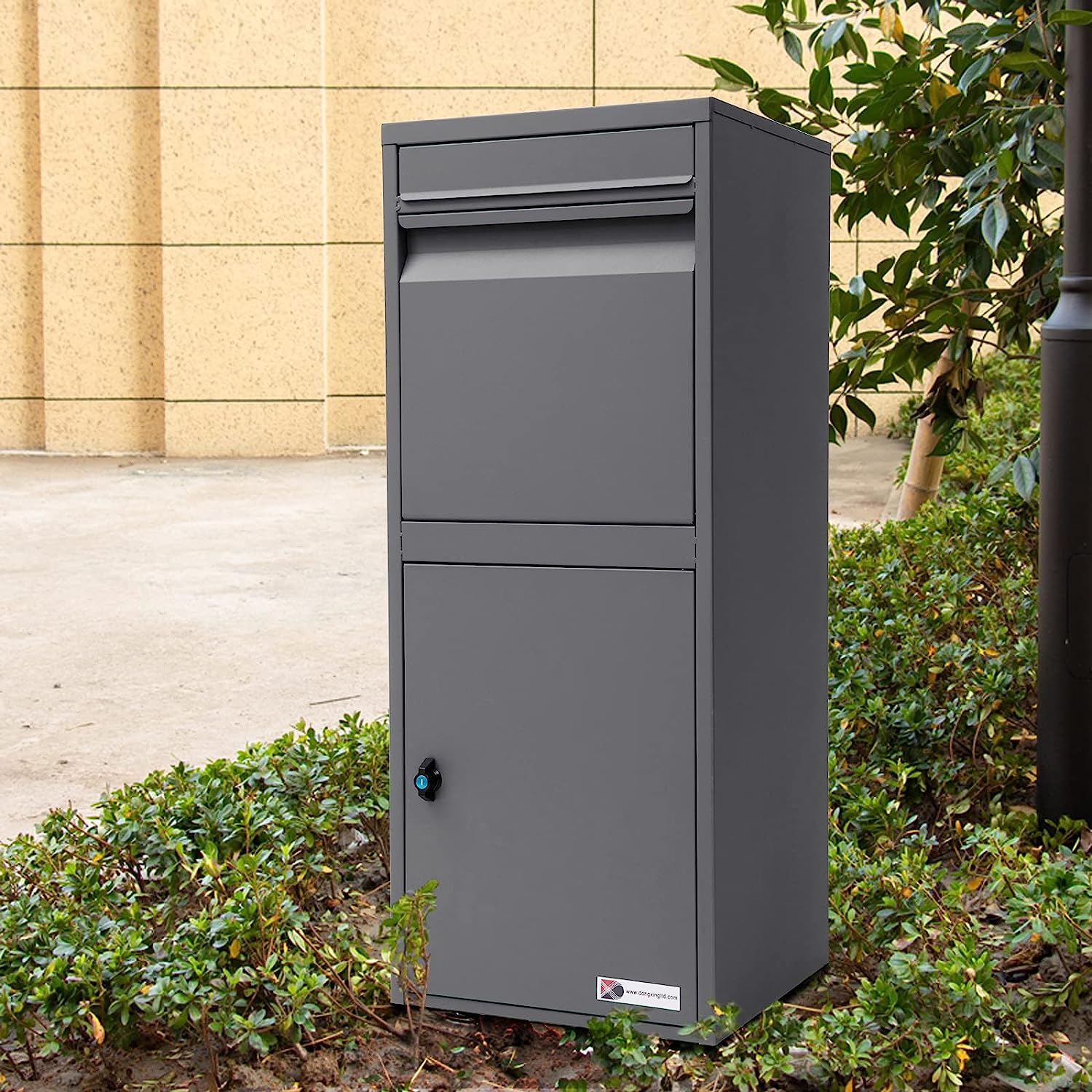
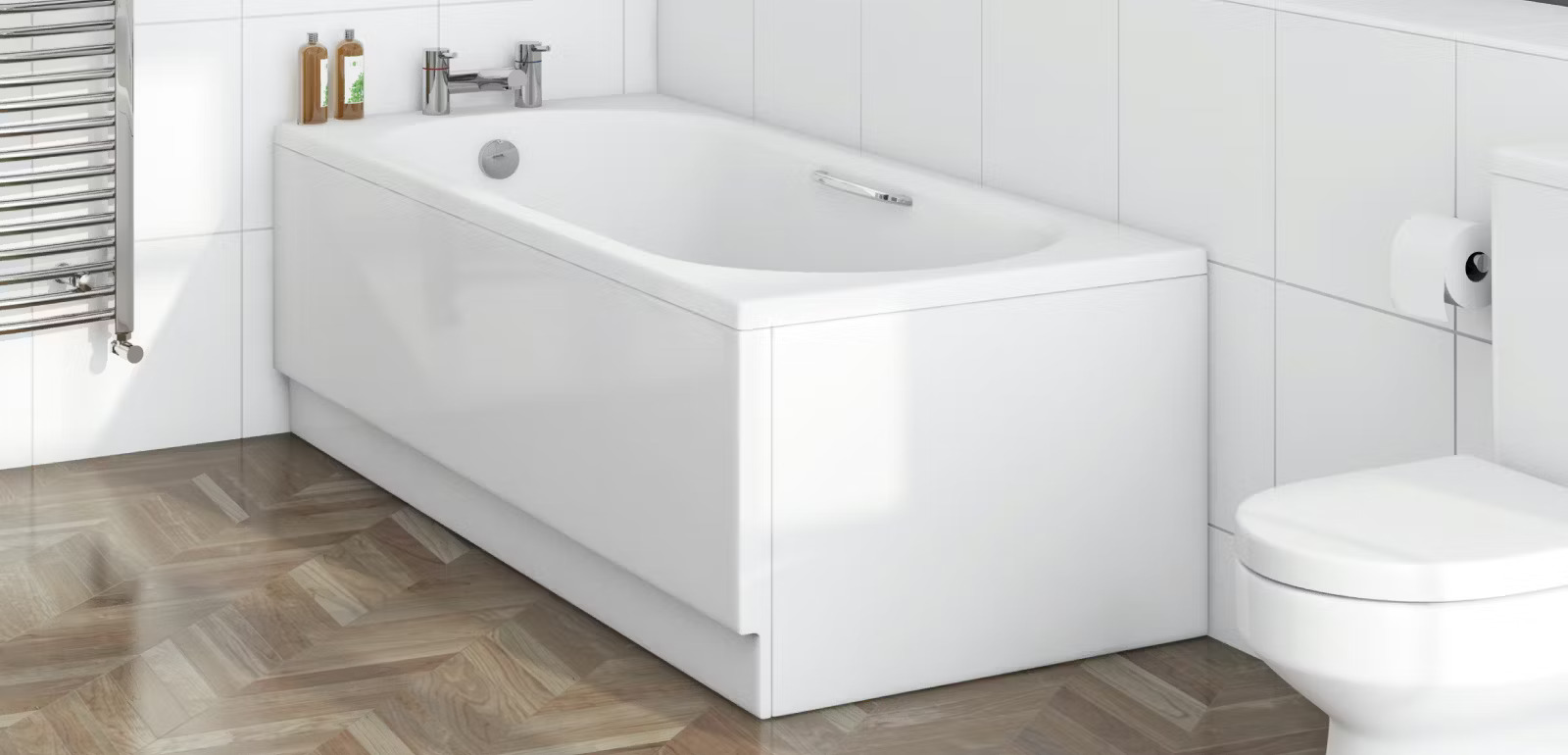



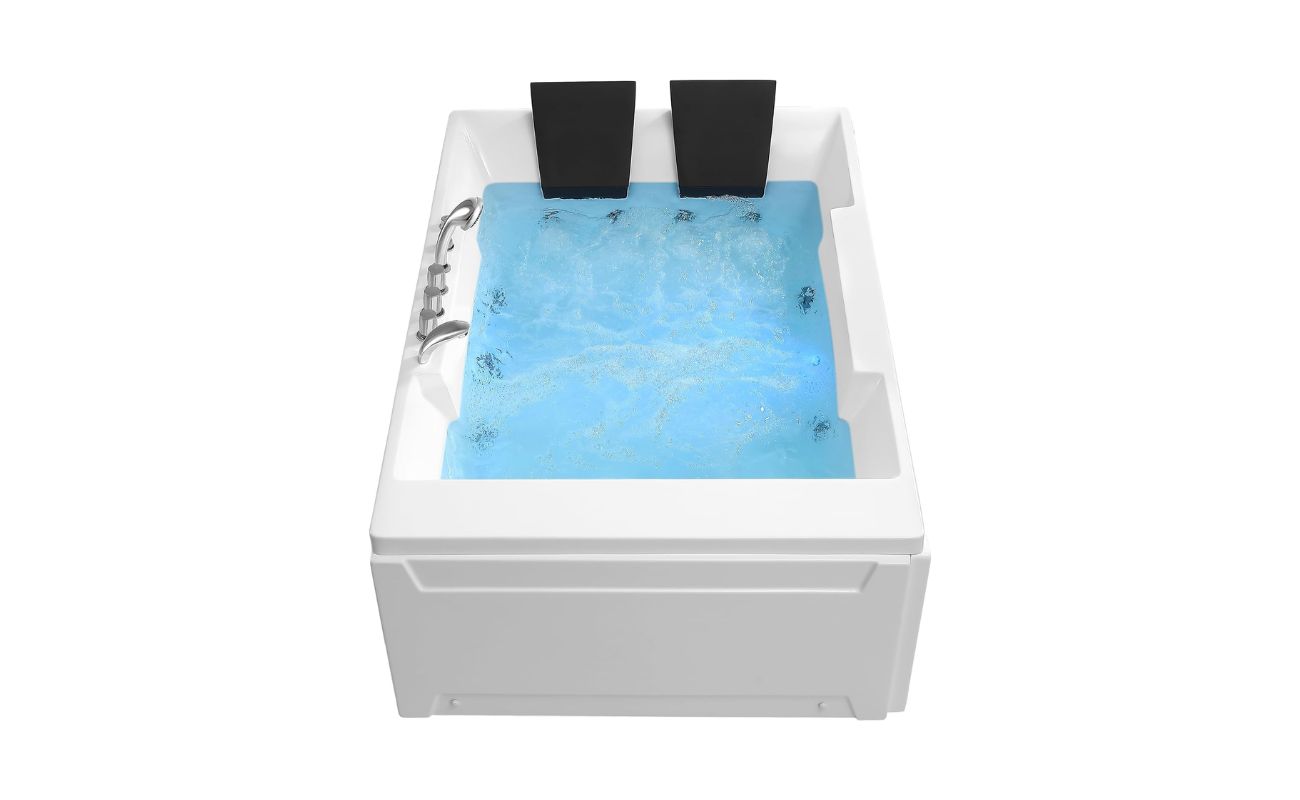
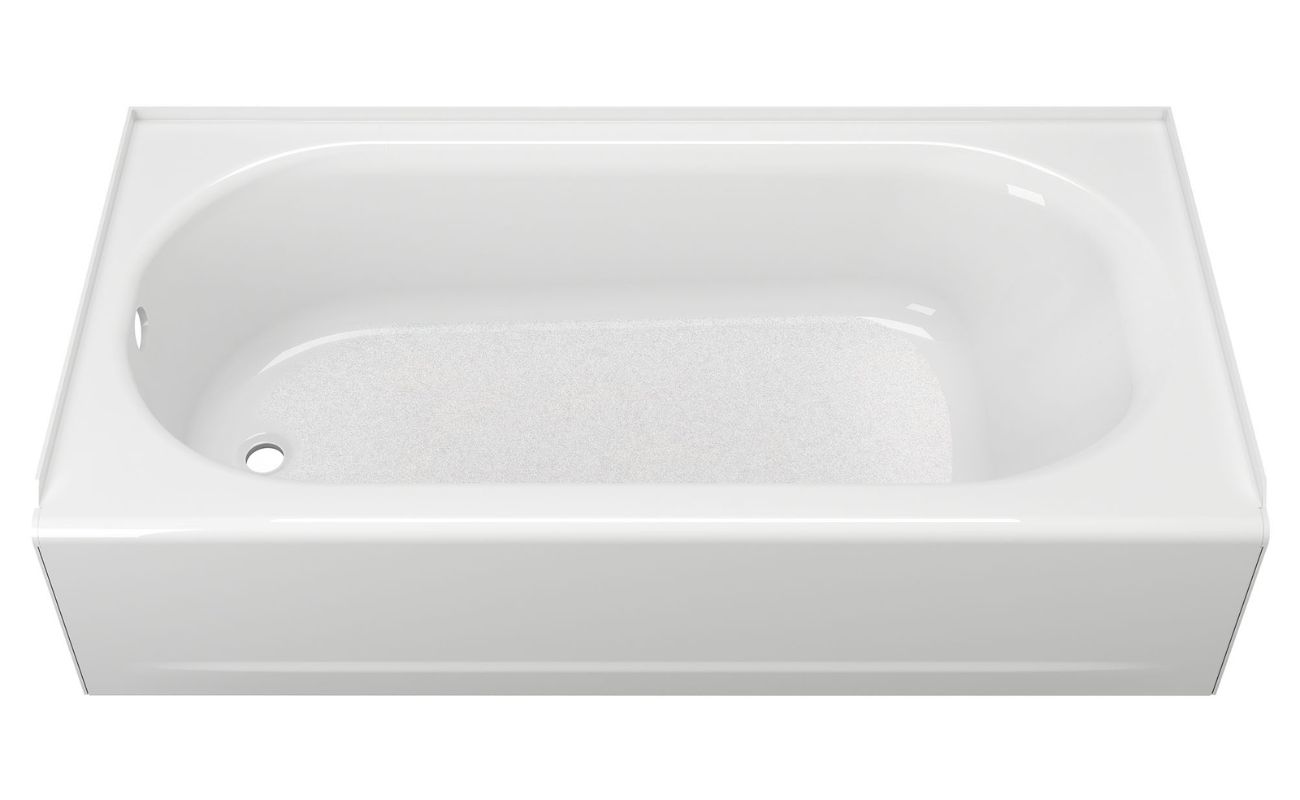
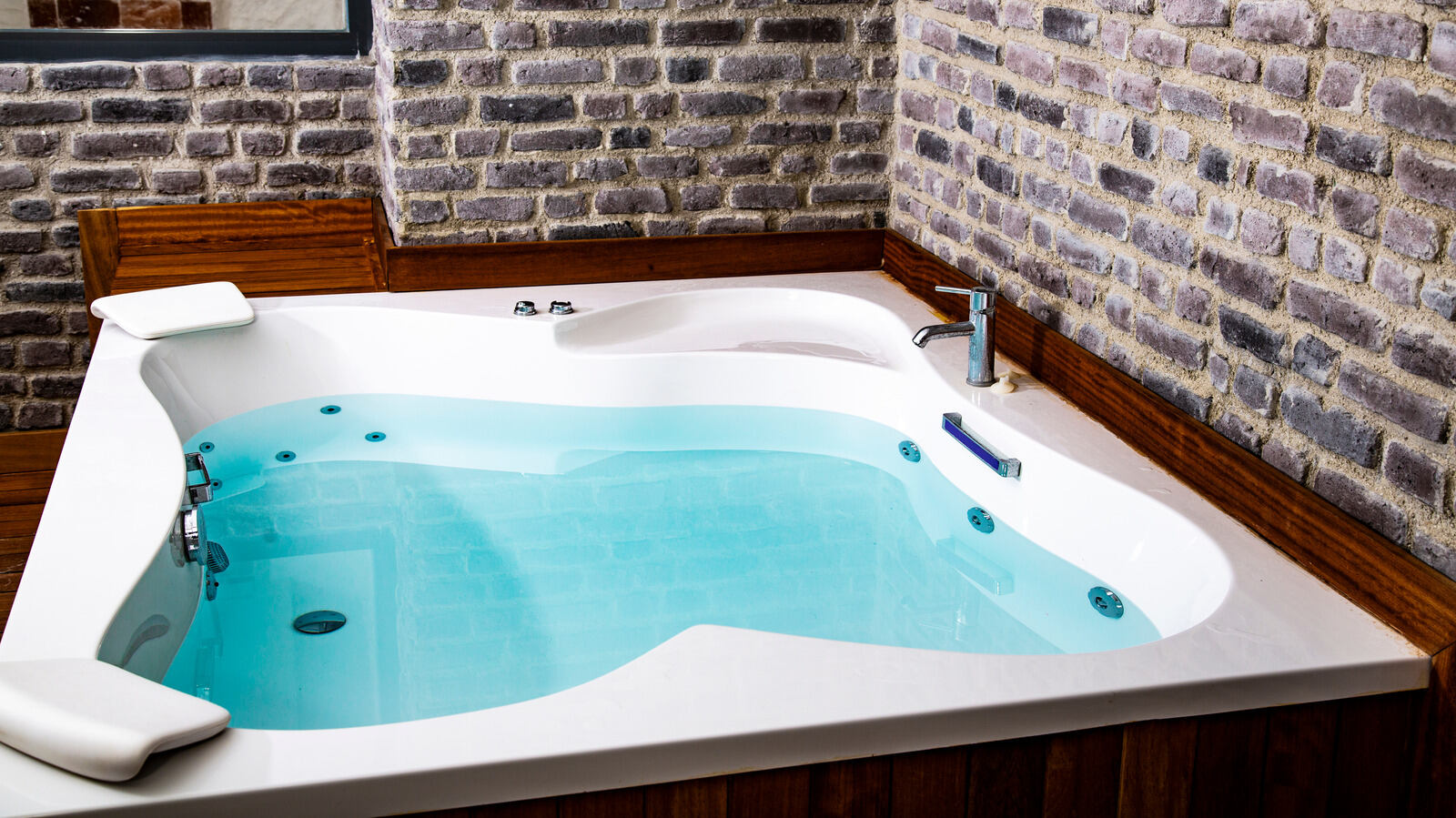
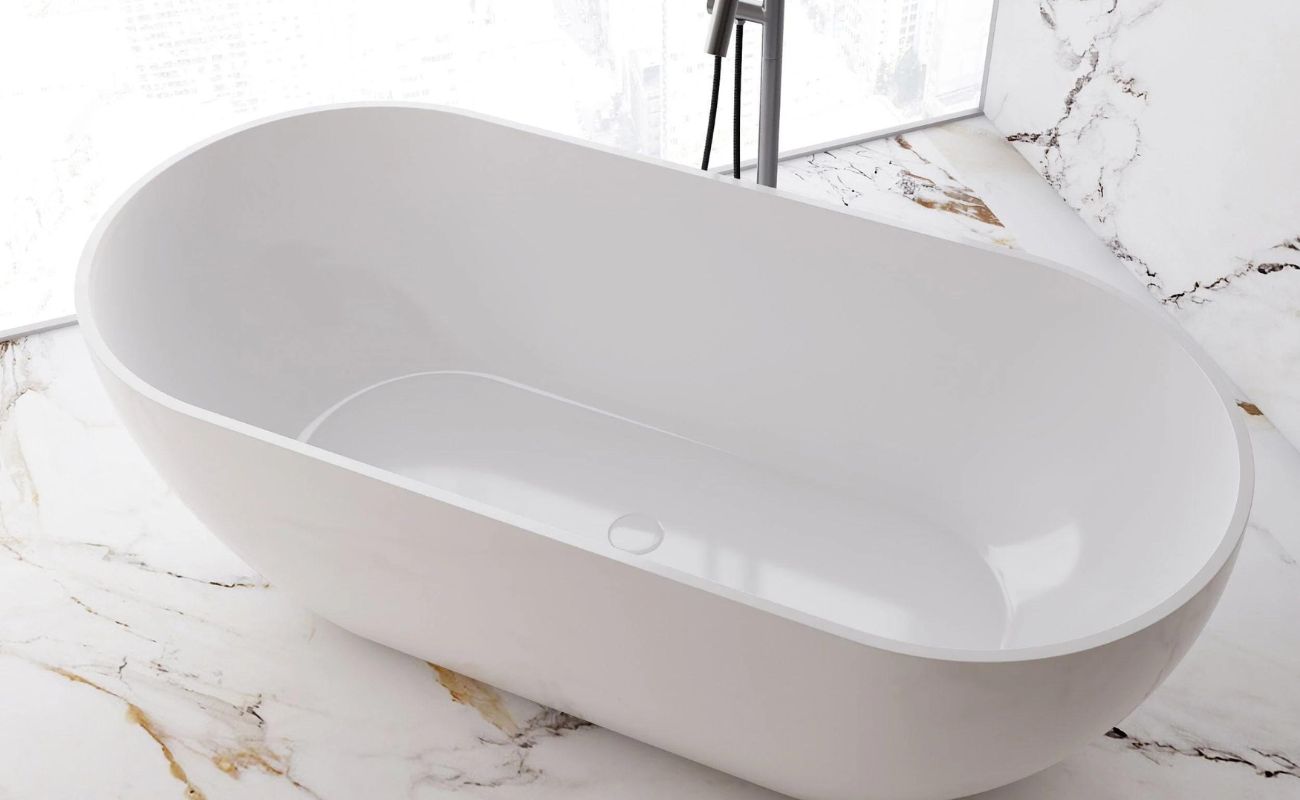

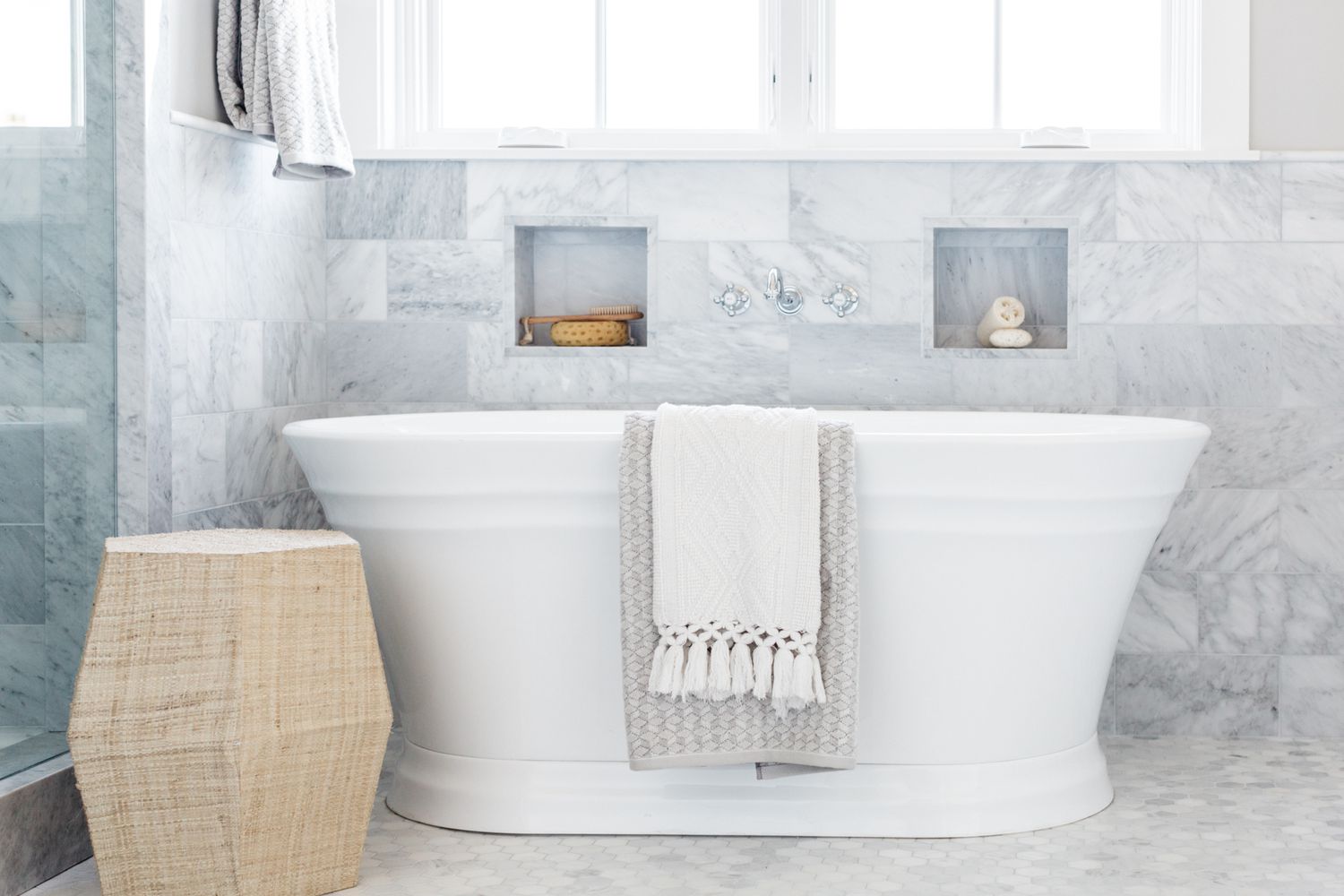
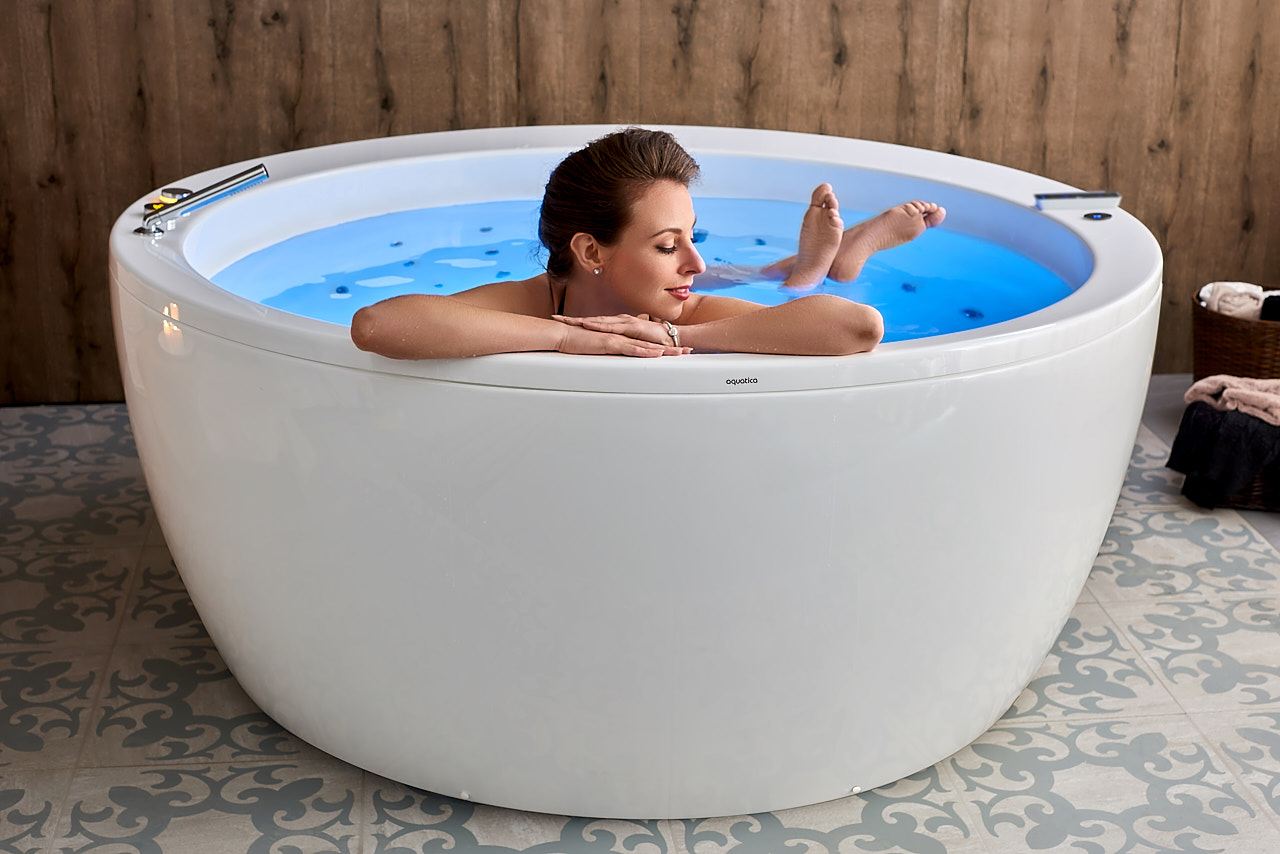

0 thoughts on “What Is A Drop-In Bathtub?”